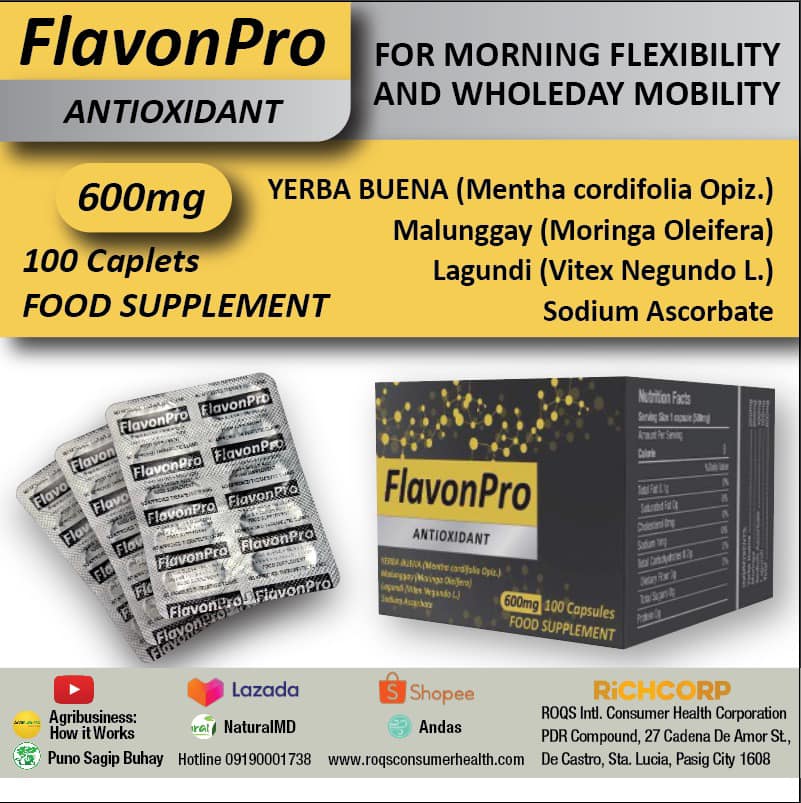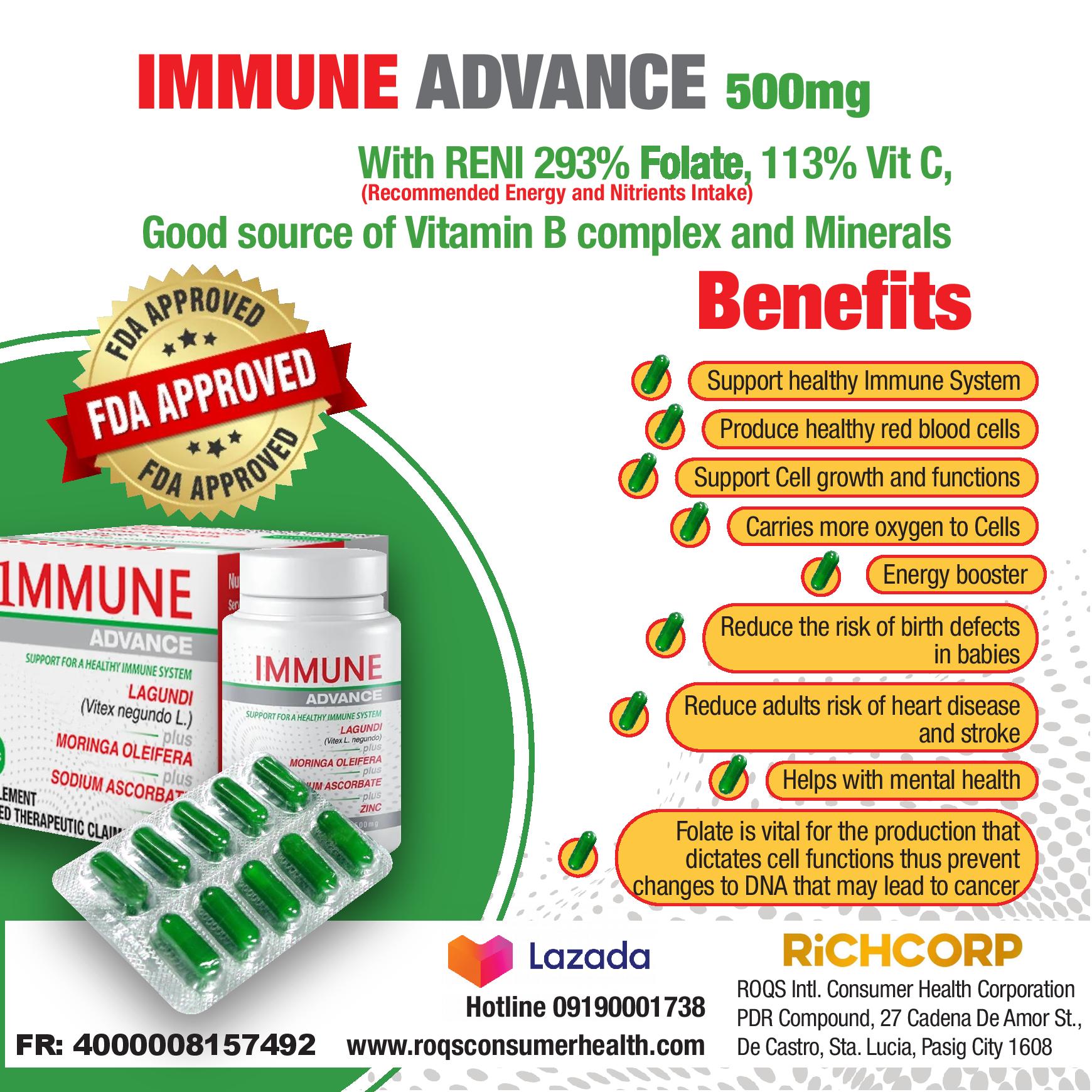Researchers at the Mariano Marcos State University (MMSU) considered the use of two microorganisms: Trichoderma harzianum and Bacillus subtilis as bio-control agents against anthracnose disease, one of the major economic constraints in mango production worldwide, especially in tropical and subtropical regions.
Anthracnose is caused by Colletotrichum gloeosporioides, a fungal pathogen, which manifests as round-to-angular spots with brown gray center on the leaves; blossom blight and small spots on flower buds, florets, pedicels and panicles; and brown to black sunken spots on ripening fruits. The disease if left unchecked, can cause poor fruit quality and low yield.
The control of anthracnose is heavily dependent on the use of chemical fungicides. But their use endangers the human health and the environment.
Thus, the MMSU researchers led by Pascua evaluated the effectiveness of T. harzianum and B. subtilis because of their antagonistic properties against pathogenic microorganisms.
In a report to the Philippine Council for Agriculture, Forestry and Natural Resources Research and Development (PCARRD), the MMSU researchers said that T. harzianum and B. subtilis can be used as alternatives to commercial fungicides in controlling anthracnose.
PCARRD is a sectoral council of the Department of Science and Technology (DOST) that formulates policies, plans, and programs for science and technology-based development in agriculture, forestry and natural resources (AFRN) sectors.
The researchers, based on their study, found that the degree of control on anthracnose by both microorganisms is comparable with the use of commercial fungicide. At 12-14 weeks after treatment, the efficacy of both antagonists increased compared to the chemical fungicide.
Also, the commercial chemical pesticide was less effective by 8-23 percent compared to T. harzianum, and 4-18 percent compared to B. subtilis. Further, the study showed that there was no significant effect on the incidence of anthracnose and on the degree of control by the two antagonists insofar as mango varieties (carabao and Hawaiian) were concerned.
Therefore, the researchers believed that the use of bio-control agents could also be integrated with mango disease management programs to reduce dependence on chemical fungicides. (Bengie P. Gibe, S&T Media Service)




